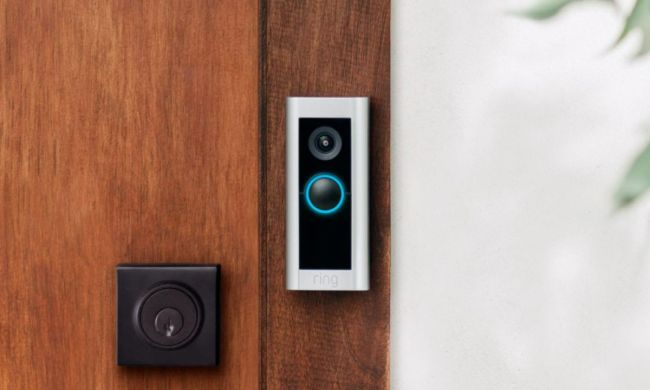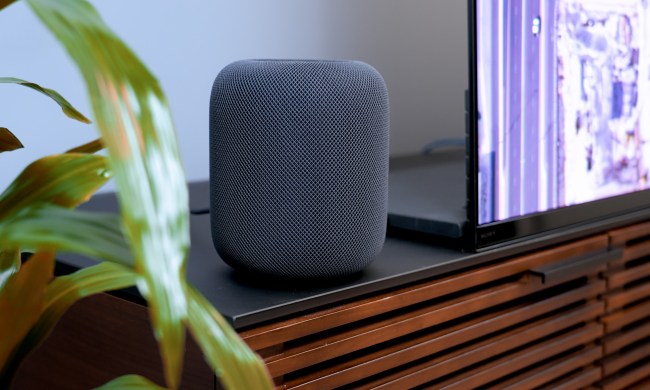So many of the smart home products people know and love rely on the cloud.
Alexa, Google Assistant, and Siri all rely on the cloud for language processing. Even many smart lights need the cloud to turn on or off. It’s one thing when these cloud services provide some additional function (like storage or automation presets), but relying on them for basic functionality? That’s a terrible idea.
When cloud services shut down, what are you left with?
While it does feel like smart home technology has been around for a while, the industry is still relatively young. Many of the companies that sprung out of the initial wave of interest in the early 2010s were startups, and it’s safe to say that quite a few were created only to later fail.
These companies produced products that are now little more than expensive paperweights. And it’s not just smaller companies, either. Lowe’s started the Iris smart home platform, only for it to shut down in March 2019.
Insteon announced the death of its cloud servers several months back, and iHome has shut down its services too. While iHome didn’t have the broadest product range, Insteon was well-known. It was one of the easiest ways to convert an older home into a smart home due to its use of in-wall wiring to send smart signals. While there is some hope left for Insteon customers — their devices will become, at worst, “dumb” switches — the same can’t be said for a lot of other products.
Cloud servers cost a lot to maintain
It seems like everything is “cloud this” and “cloud that,” but a cloud server isn’t an easy thing to maintain. A single server can cost as much as $400 per month to maintain, and a large company will have multiple servers. An average back-end infrastructure might be $15,000 or more per month for even a medium-sized company.
If a product isn’t generating enough revenue (or a company is relying on Kickstarter or Indiegogo funding), then cloud servers will be one of the first things to go when a company looks to cut costs. When this happens, it’s most often the customer that suffers.
Features get cut, functionality thins out, and products offer a lot less benefit than you initially expected when you bought them.
Bite the bullet and switch to on-device processing
While there are a lot of benefits to using cloud servers, there are just as many downsides. They’re not as secure as on-device processing, for one.
If smart home devices rely on local processing, the entire system improves. I shouldn’t need internet access to tell the lights in my home to turn off, especially if I have to dedicate a port on my router to a smart hub. If the hub can’t relay a basic on/off command, what’s the point of it?
Alexa and Google Assistant devices could translate your commands into actions without the need to relay them through an external server. Natural language processing isn’t as difficult as it once was, and new-and-improved chips offer dramatically more power without an increase in size. (This is also a good time to mention that HomeKit should pick up the pace and implement the new M1 chips into Siri processing to close the gap with the competition.)
Perhaps the biggest indication that on-device processing is the way to go is that if a company shuts its doors, the products still retain functionality. Customers won’t be cheated out of their money in two or three years just because financing fell through or startup funding ran out.
Insteon, iHome, and Iris are just the tip of the iceberg. There’s already enough skepticism about smart home devices as it is. If customers can’t feel like they’re making a good investment, the industry won’t grow, and development will stall. On-device processing can provide customers with some assurance in their investment and continuing functionality, even if the company doesn’t produce anything new.



